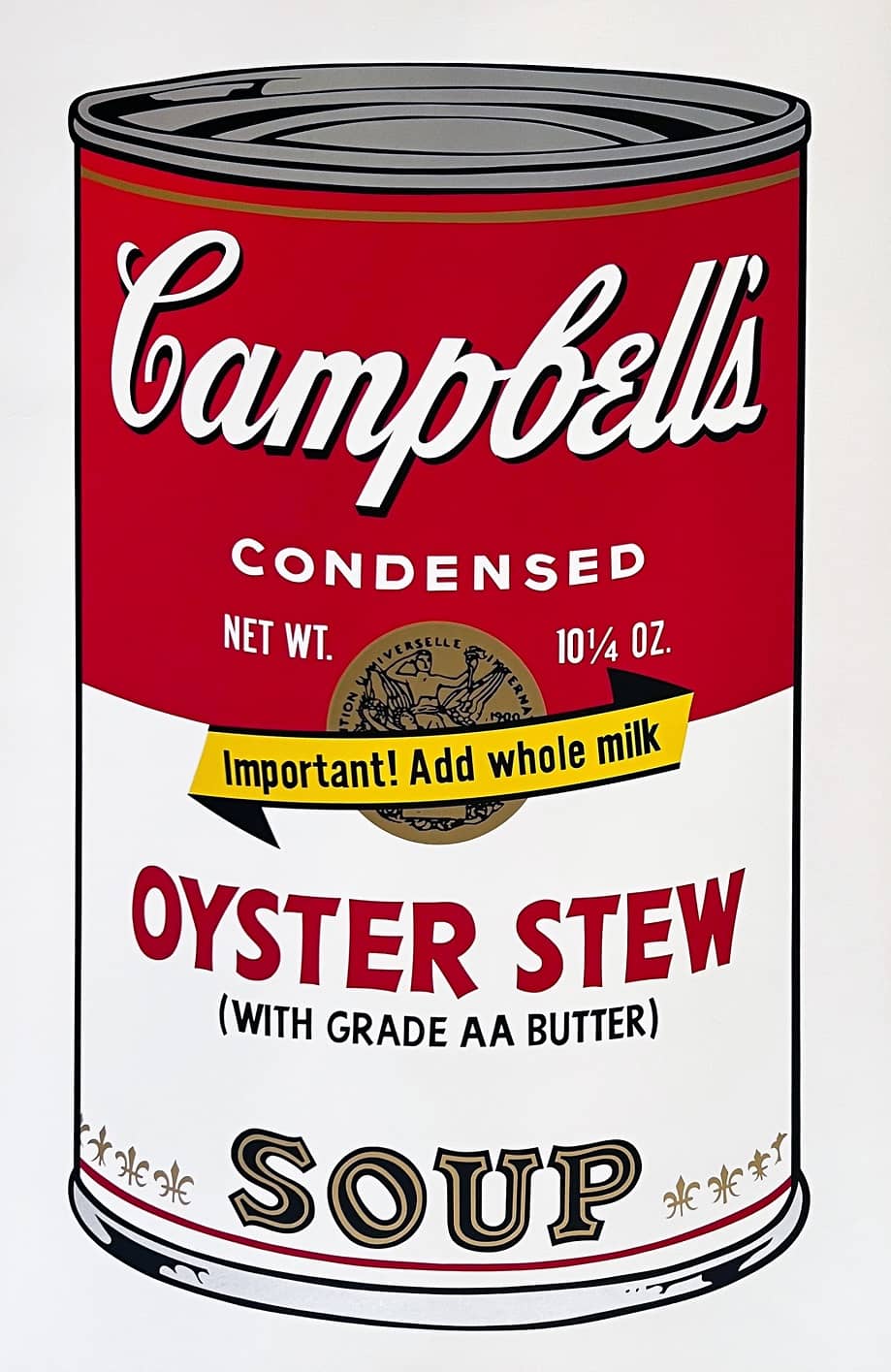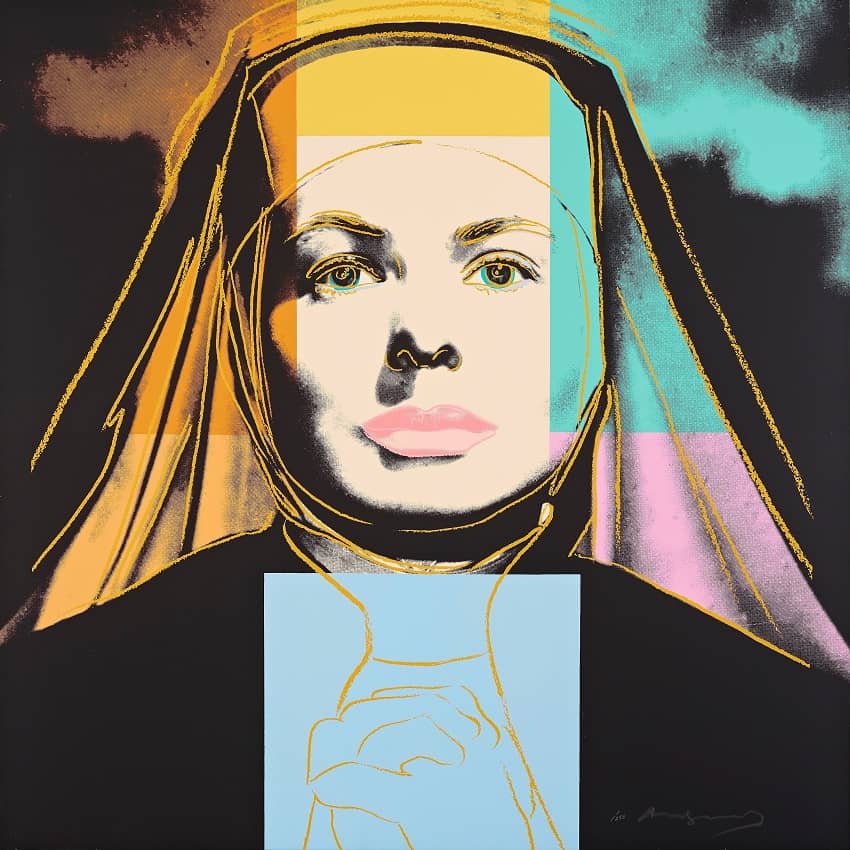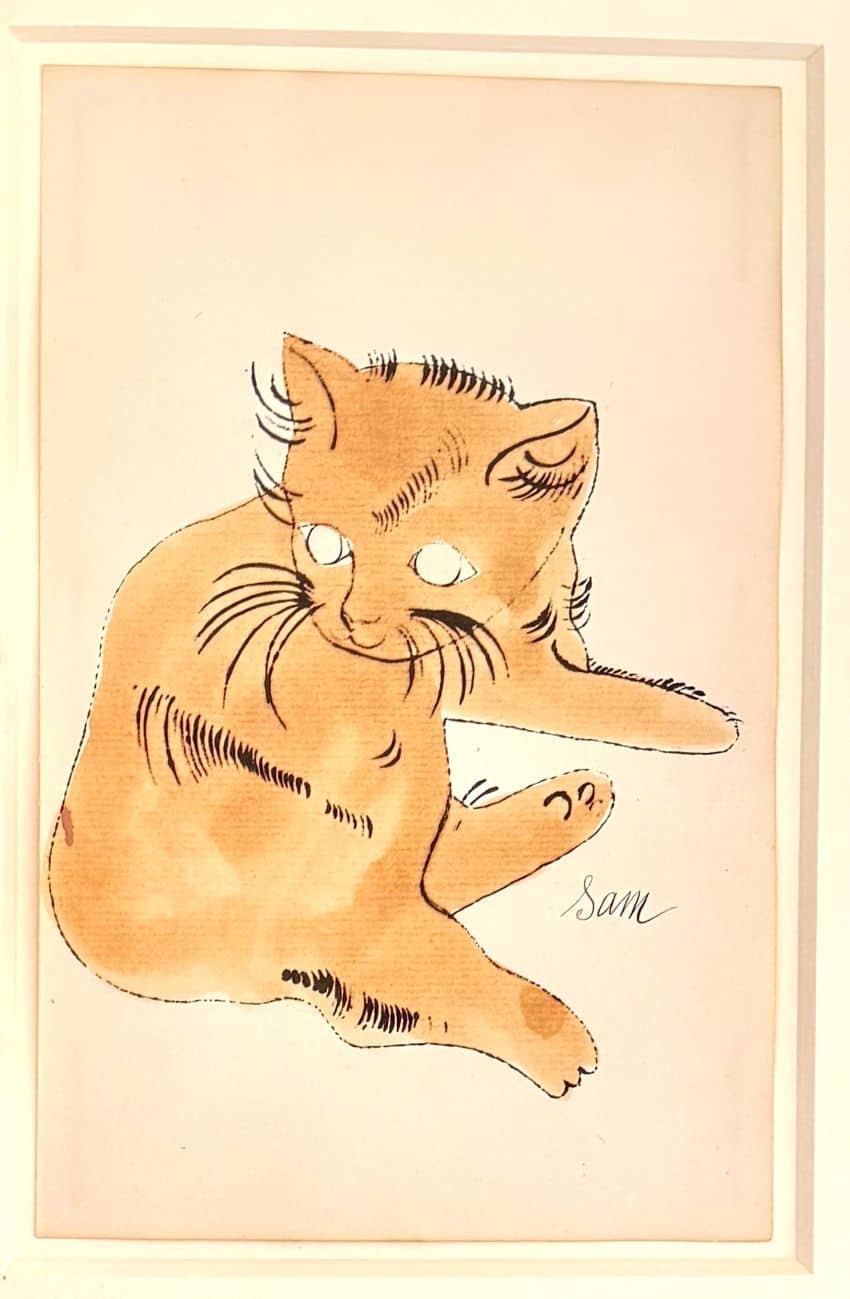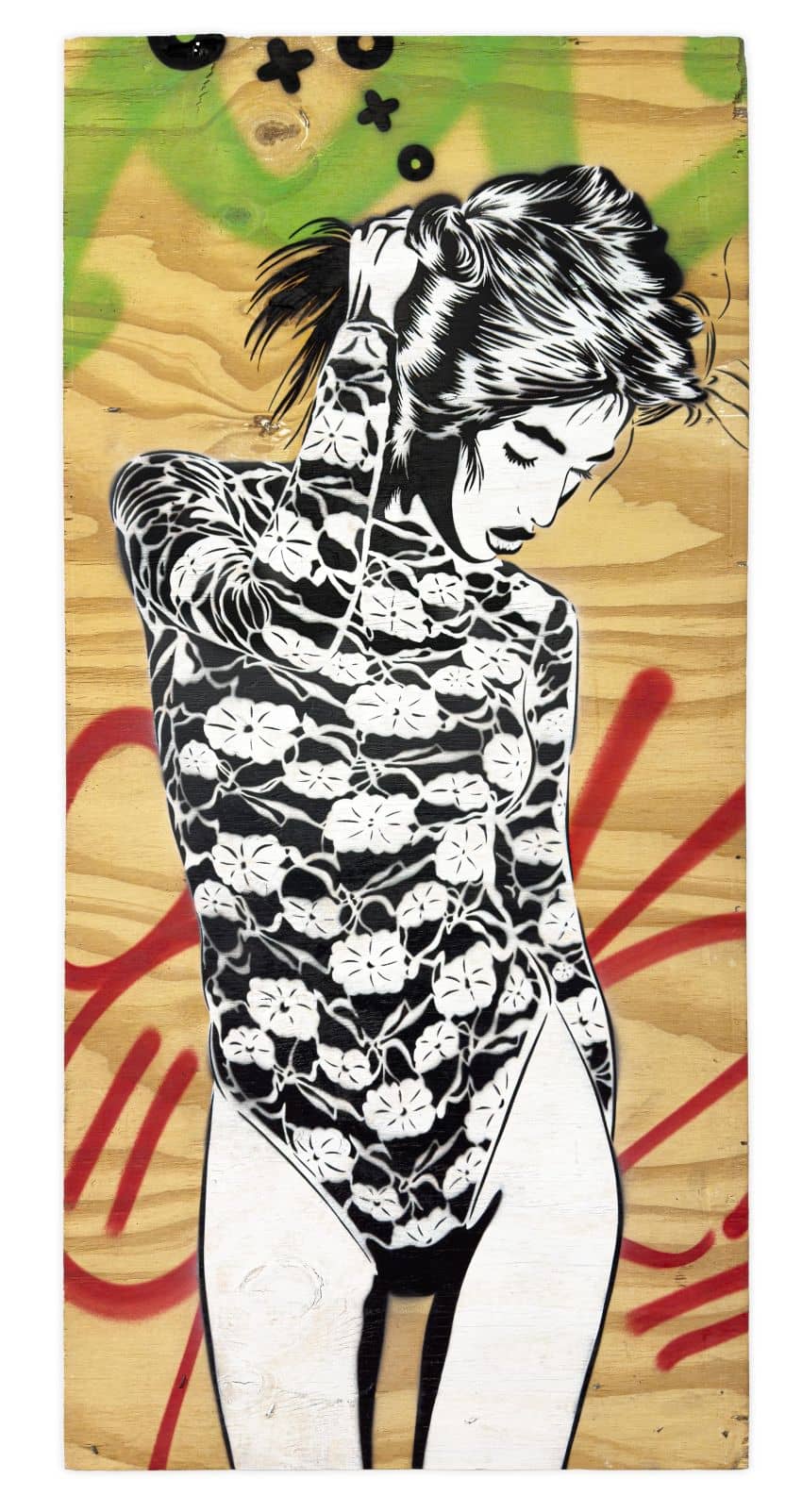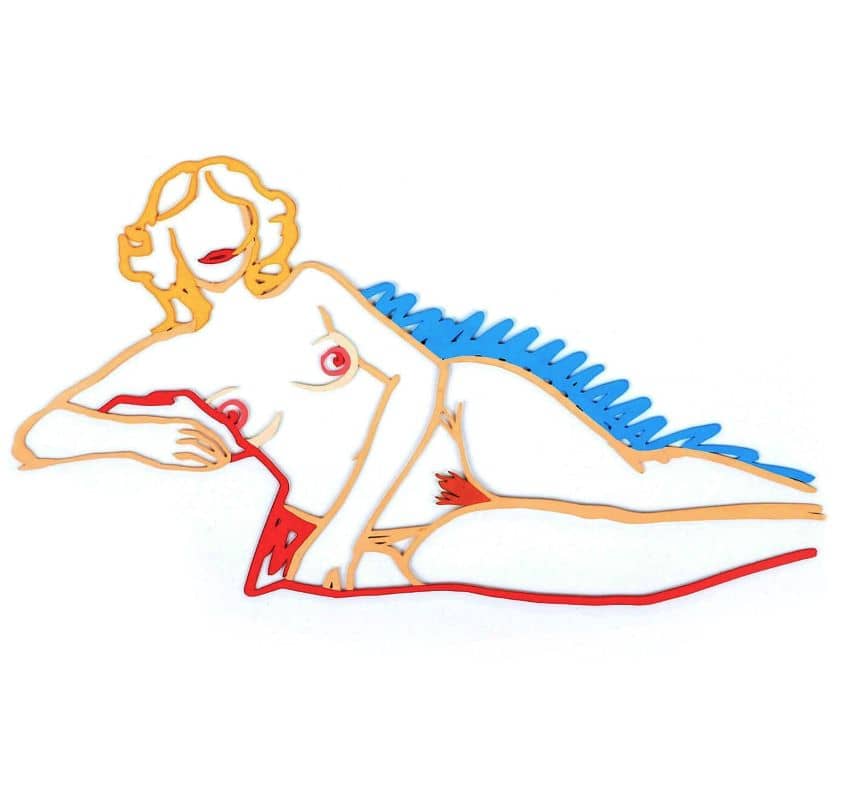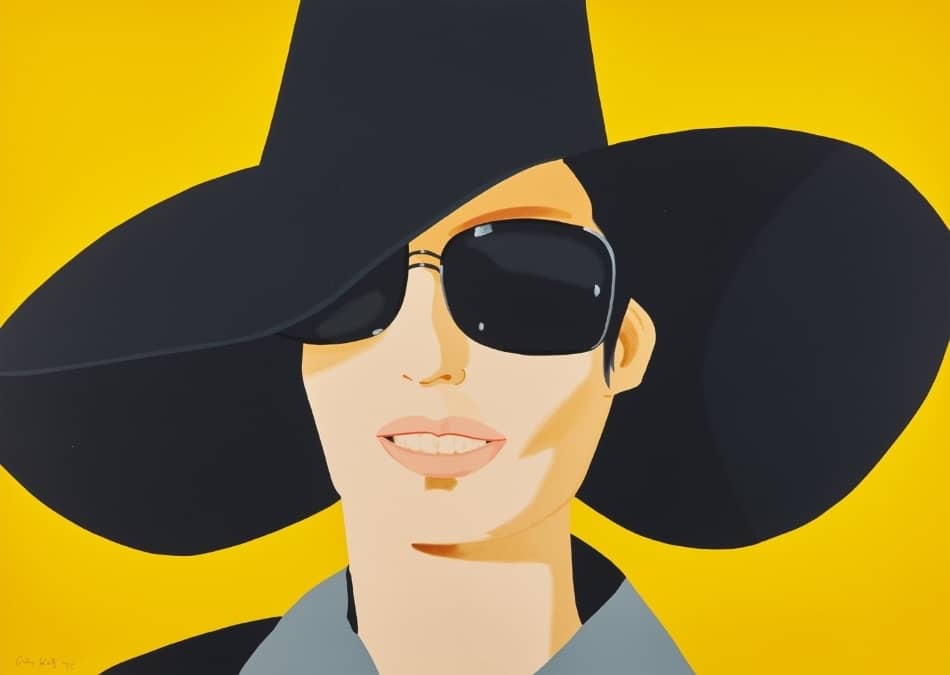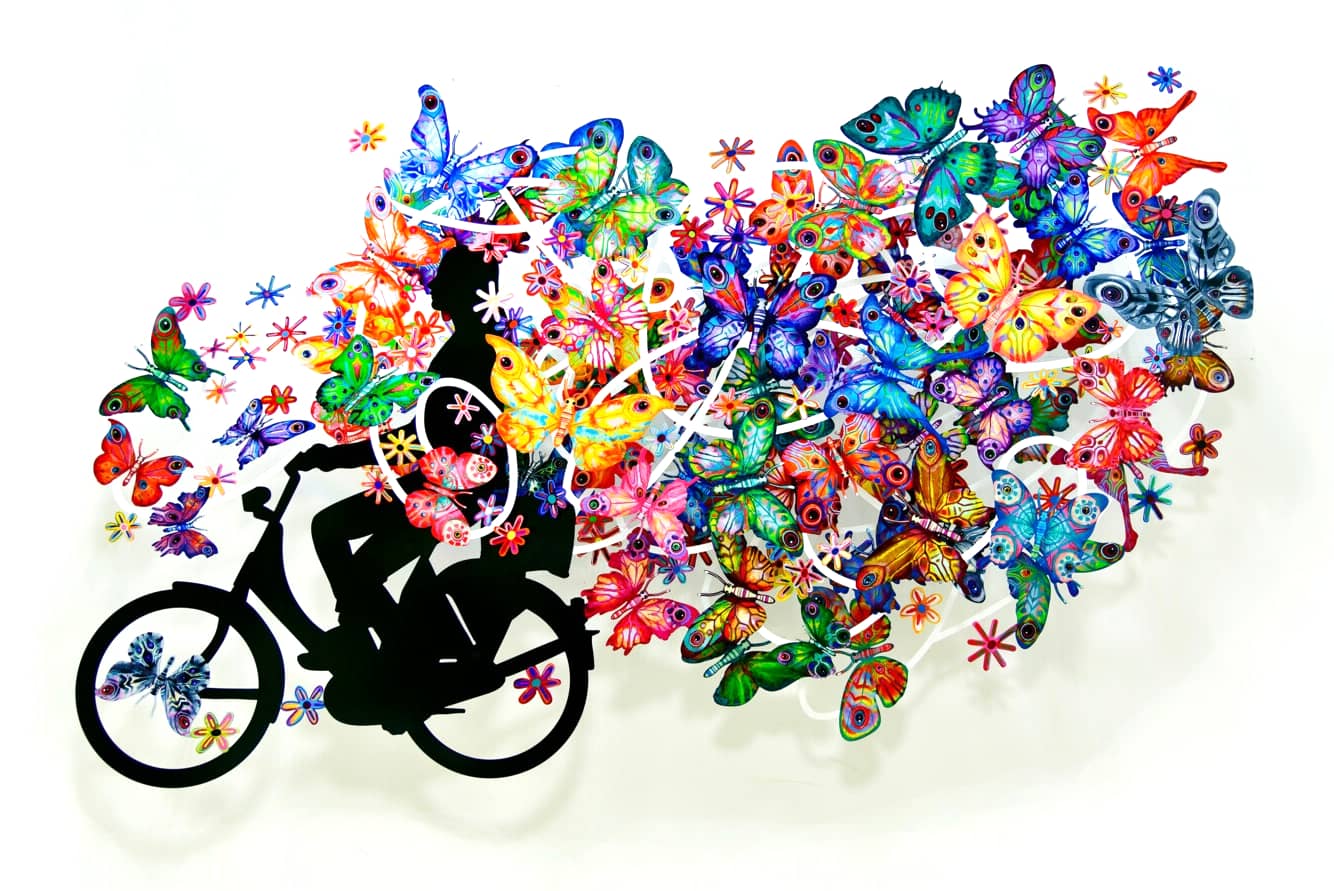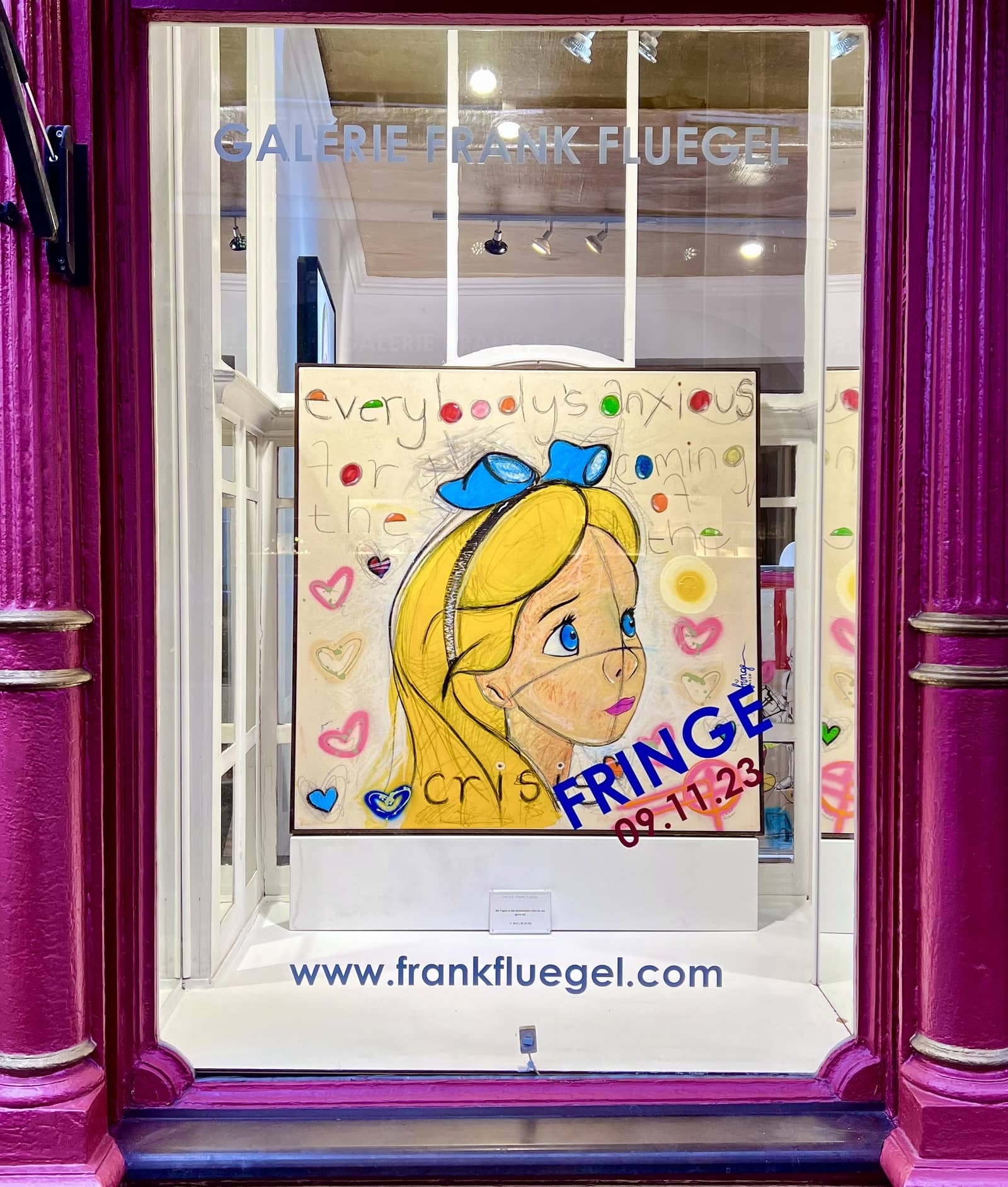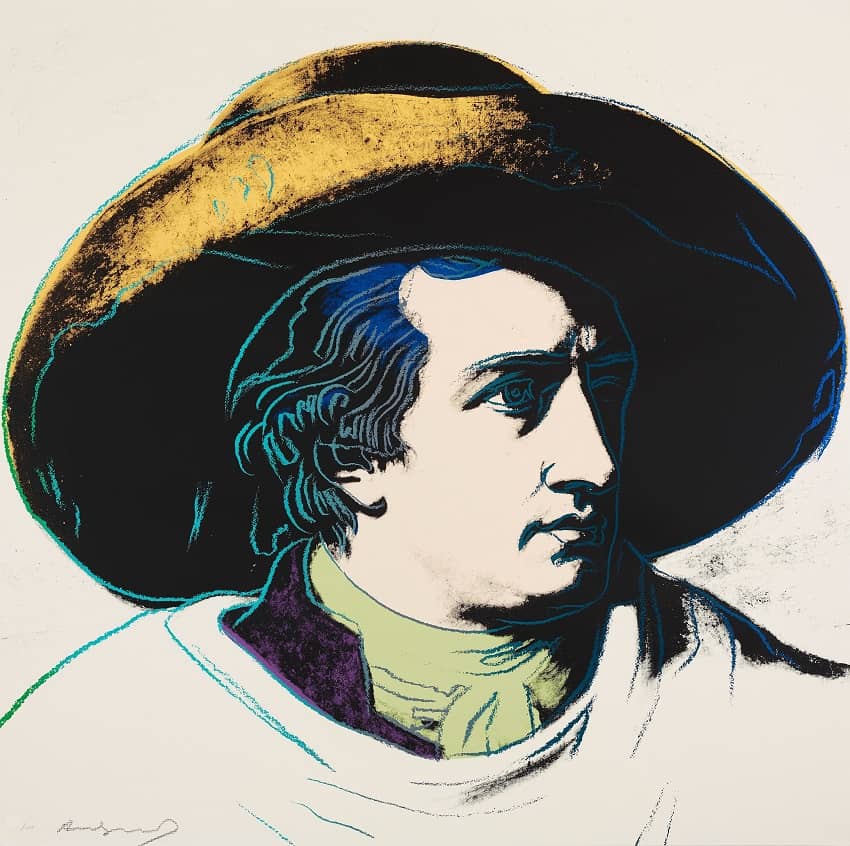
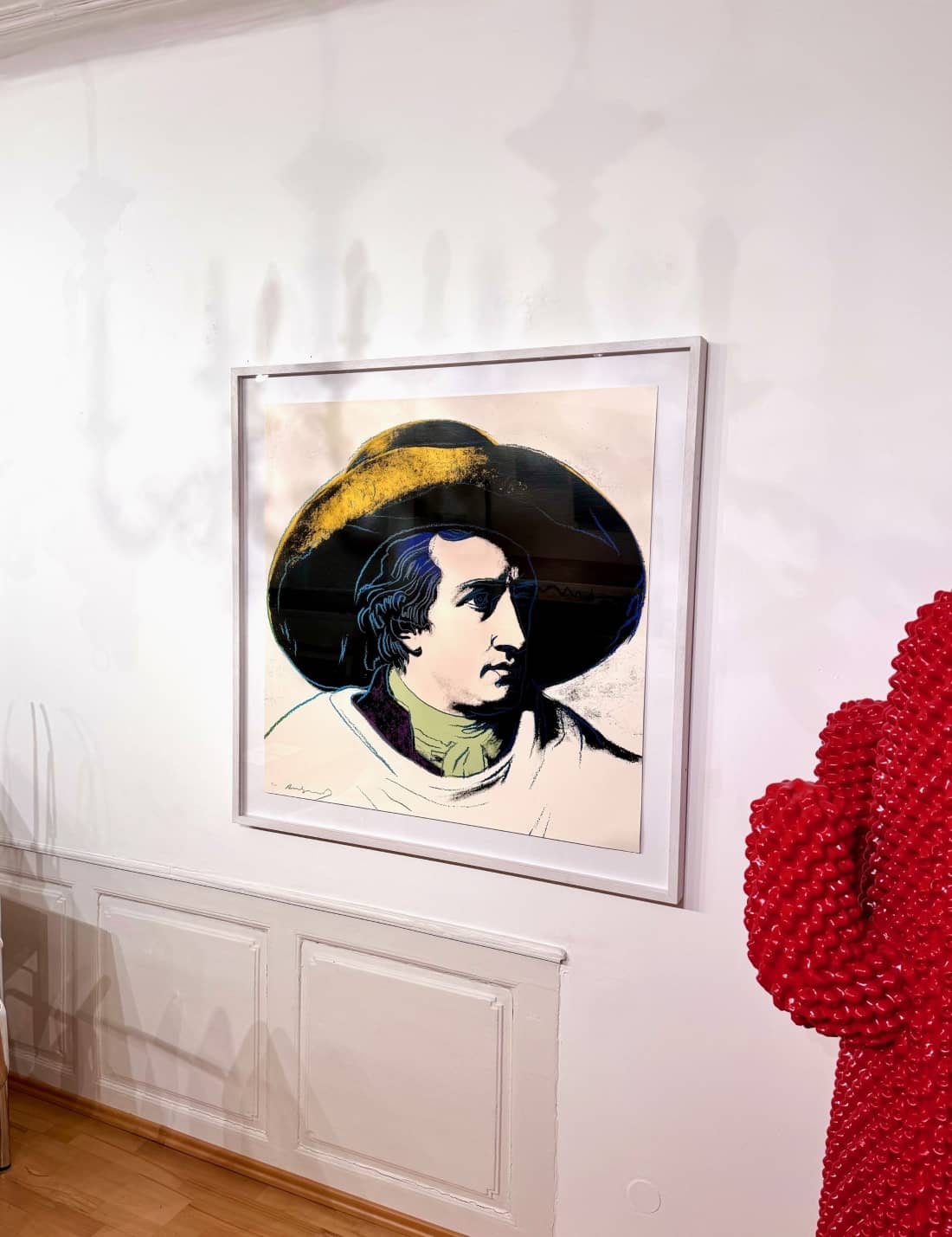
Andy Warhol Goethe (FS II.272) / Screenprint / signed, numbered / edition 100
Goethe (FS II.272) is part of the Goethe 1982 series of four works in which Warhol removes the landscape background from the original painting and concentrates exclusively on the portrait profile of Goethe. The result: a unique combination of classical portraiture and colorful pop aesthetics.
| Year: | 1982 |
| Format: | 96,5 x 96,5 cm / 37.8 x 37.8 inch |
| Material: | Lenox Museum Board |
| Method: | Screenprint |
| Edition: | 100 |
| Other: | signed, numbered |
Andy Warhol Goethe (FS II.272) / Screenprint / signed, numbered / edition 100
Goethe (FS II.272) is part of the Goethe 1982 series of four works in which Warhol removes the landscape background from the original painting and concentrates exclusively on the portrait profile of Goethe. The result: a unique combination of classical portraiture and colorful pop aesthetics.
| Year: | 1982 |
| Format: | 96,5 x 96,5 cm / 37.8 x 37.8 inch |
| Material: | Lenox Museum Board |
| Method: | Screenprint |
| Edition: | 100 |
| Other: | signed, numbered |
Goethe (FS II.272) stands for Andy Warhol's unique style and thus emphasizes not only Goethe's, but also Warhol's strong presence of culture in our time.
Andy Warhol – Goethe (FS II.272)

| Year: | 1982 |
| Format: | 96,5 x 96,5 cm / 37.8 x 37.8 inch |
| Material: | Lenox Museum Board |
| Method: | Screenprint |
| Edition: | 100 |
| Other: | signed, numbered |
Andy Warhol - Goethe (FS II.272) after J. H. Wilhelm Tischbein.
Goethe (FS II.272) is a work of art by Andy Warhol that was published in an edition of 100 pieces as an original silkscreen in 1982. Andy Warhol has made famous personalities such as Beethoven or Goethe as well as stars immortal through his art. For his famous portraits of Marilyn Monroe, Elvis Presley or Mao, Andy Warhol usually used existing images from the press and advertising and processed these found images into works of enormous iconic presence. Often he created several identical images that differ only in their different color schemes. His works have now in turn found their way into the media world from which their originals came and are reproduced over and over again in the most diverse contexts. Goethe is now one of the most popular motifs among collectors, along with Marilyn Monroe.
The idea for the Goethe portrait came to Andy Warhol during a visit to an exhibition at the Städel Museum in Frankfurt.
The famous portrait of Goethe by J. H. Wilhelm Tischbein as the epitome of German culture inspired him to create a large-format painting and subsequent prints in four different colorways, along with several unique color prints, so-called trial proofs (TP).
In the original painting, Goethe is seen sitting silently in the foreground of a mountain landscape. His eyes, focused and thoughtful, betray the intellectual fertility of the writer. No doubt Warhol was also fascinated by Goethe’s gaze. In each silkscreen, Warhol removes the landscape background and focuses instead on Goethe’s portrait profile. At first glance, Warhol’s Goethe images even appear to be sculptural busts. Goethe’s face is designed in pop colors. This creates a clear dichotomy between classical portraiture and the pop aesthetic. These larger and vibrant portraits ultimately symbolize Goethe’s and Warhol’s dominance of culture even in today’s world.
Johann Wolfgang von Goethe, considered by many to be a leading cultural hero, was also a polymath who became an important philosopher, scientist, and color theorist. His literary contributions have been compared to those of Dante and Shakespeare. Those who are not familiar with Goethe will undoubtedly know his magnum opus Faust. Other notable works of his include The Sorrows of Young Werther and The Theory of Colors.
The Theory of Colors was published in 1810 and presented Goethe’s views on the nature of colors and the way colors are perceived by humans. He followed the unprecedented approach of studying colors as a science. To this end, he systematically examined the phenomenological properties of color and wrote this comprehensive review combining artistic and philosophical investigations of color. His theories of color were frequently called upon by artists such as Wassily Kandinsky and J.M.W. Turner.
Johann Heinrich Wilhelm Tischbein’s monumental portrait “Goethe in the Roman Campagna” is probably the best-known and most widespread portrait of the poet. It was painted around 1786/87 during Goethe’s first stay in Italy, where he studied the art treasures of Rome under the guidance and instruction of the painter and practiced drawing in front of nature. Tischbein created a lasting monument to their Roman living and working community with this full-length portrait of the poet: Goethe appears as a traveler in a white coat and hat, resting on the remains of ancient cultures in an Italian landscape. Tischbein’s impressive pictorial monument embodied the ideal image of the classical poet for many and became an icon of Goethe worship over the course of time. Goethe himself never saw the painting completed, but kept an inked sketch in his collection.
Andy Warhol discovered the “Wanderer on the Obelisk” as a motif rather by chance. In 1980, a portrait commission from the publisher Siegfried Unseld, whom he wanted to photograph, brought him to Frankfurt. From the 1970s onwards, the American pop artist increasingly accepted commissions for which he used his own photographs. Warhol visited the Städel Museum with Unseld and is said to have been inspired by him to create a variation of Tischbein’s painting. The “court painter of the 70s”, as art historian Robert Rosenblum described Warhol, accepted the commission, photographed the Goethe painting and created his first large-format Goethe painting on canvas the following year.
A well-known portrait by the photographer Barbara Klemm bears witness to another of Warhol’s visits to the Städel. In 1982, the four-part suite of portrait serigraphs “Goethe” appeared in different colors. The series was published in 100 numbered sets of four serigraphs each.
Today, the artwork Goethe is one of the most sought after and sold works by Andy Warhol as an original graphic. Warhol’s signed Goethe copies achieved prices between 110,000 and 186,000 euros at Ketterer Auctions in Munich, such as on December 10, 2021 at the 525 / Evening Sale in Munich or 152,400 euros at Karl und Faber in Munich Auction 315: Contemporary Art | Evening Sale | December 8, 2022.
Editions Schellmann & Klüser, Munich/New York; Denise René/Hans Mayer, Düsseldorf as publisher of this Edition, Printed by Rupert Jasen Smith, New York.
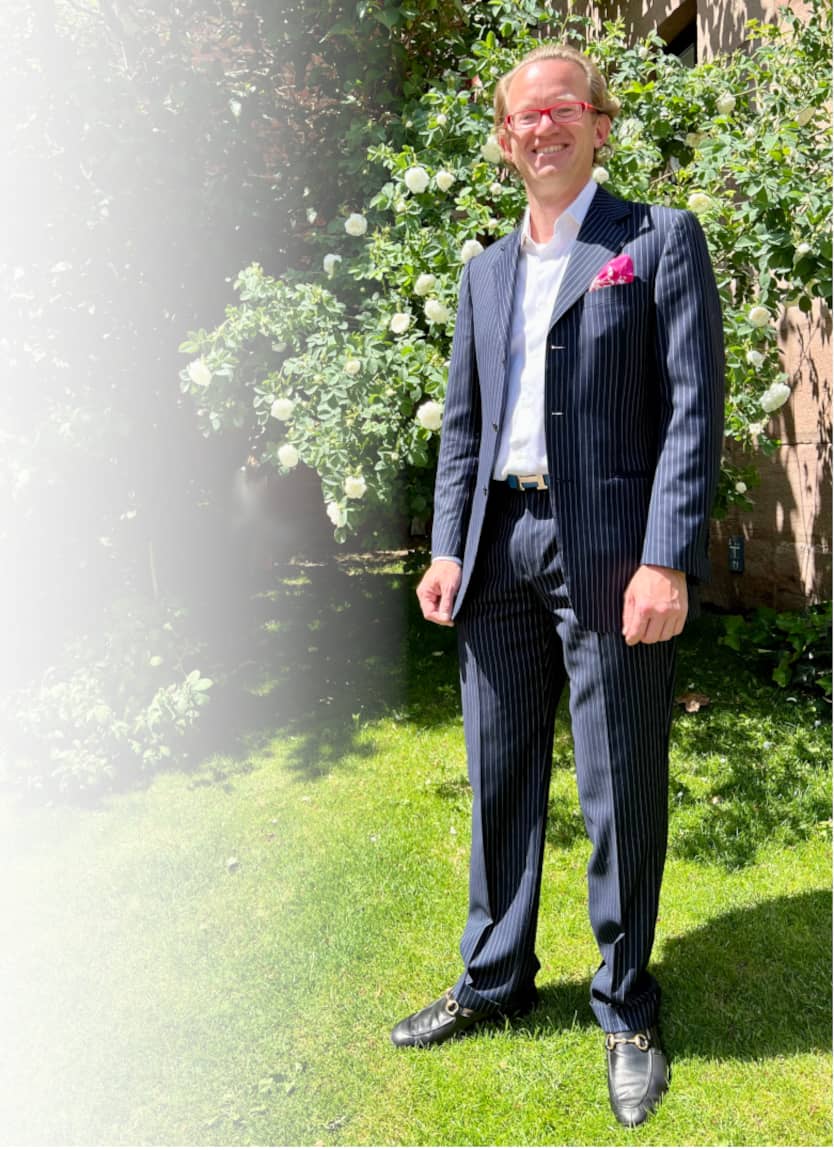


Year: 1982
Format: 96,5 x 96,5 cm / 37.8 x 37.8 inch
Material:Lenox Museum Board
Method:Screenprint
Edition:100
Other:signed, numbered


